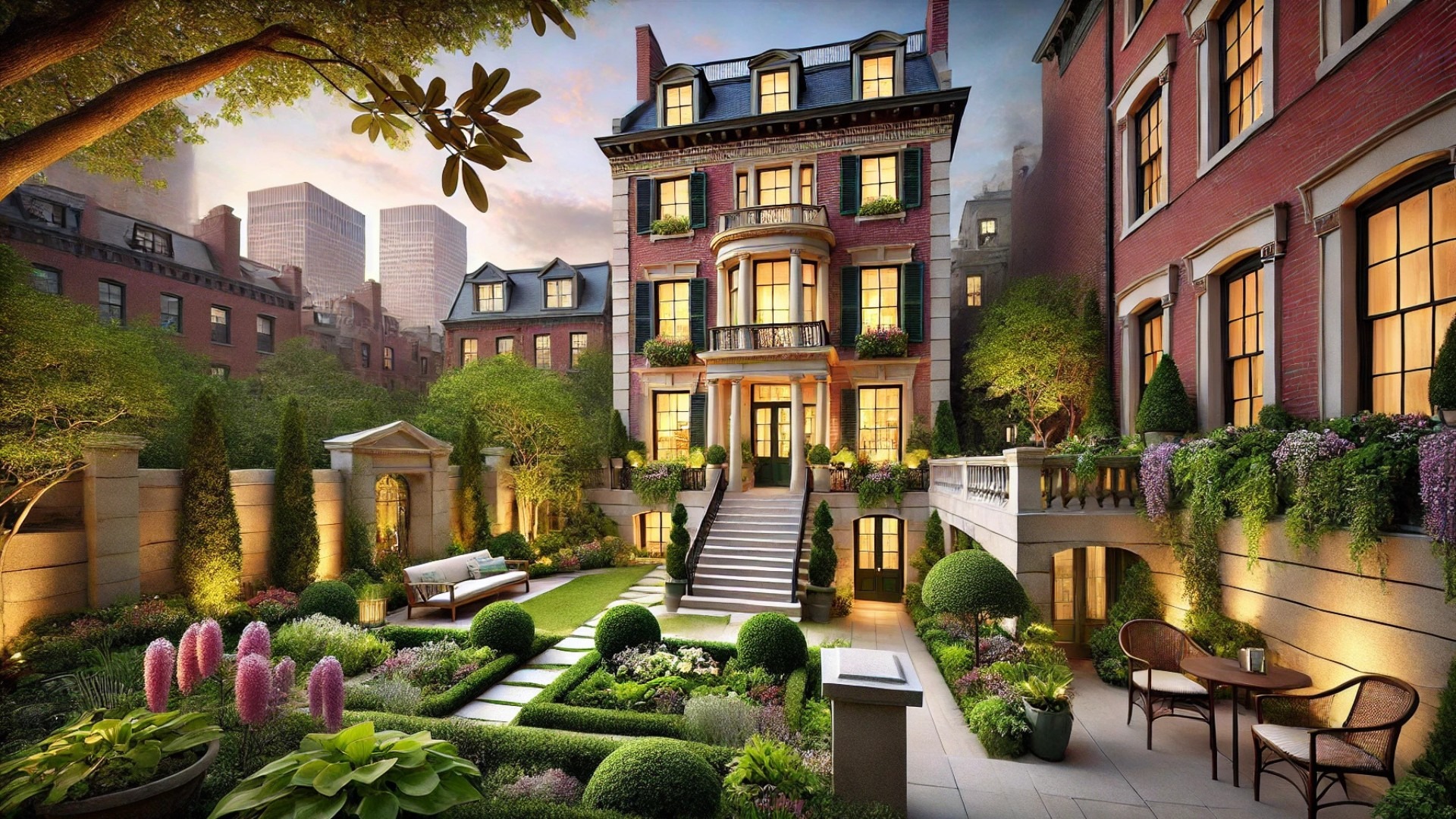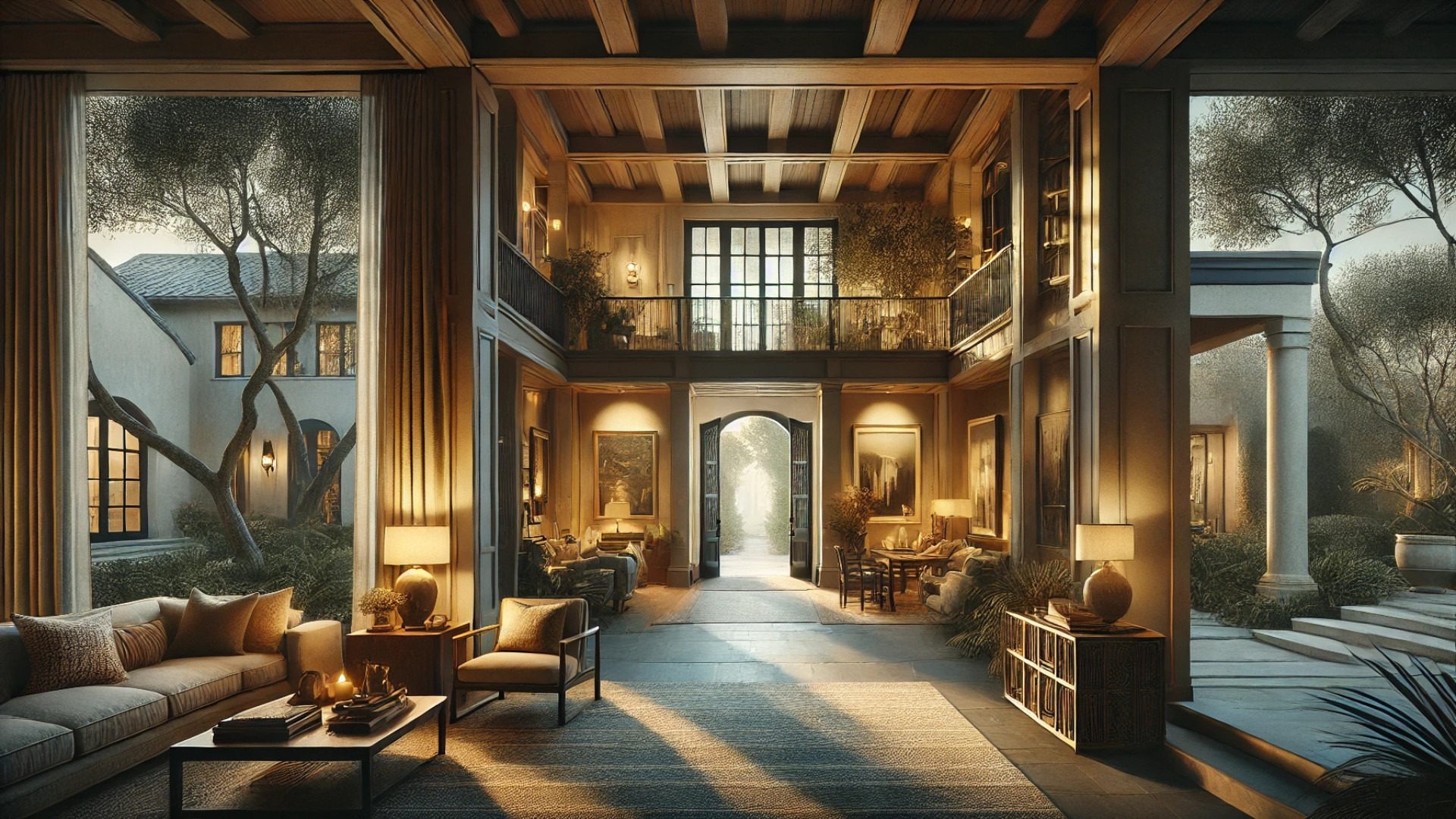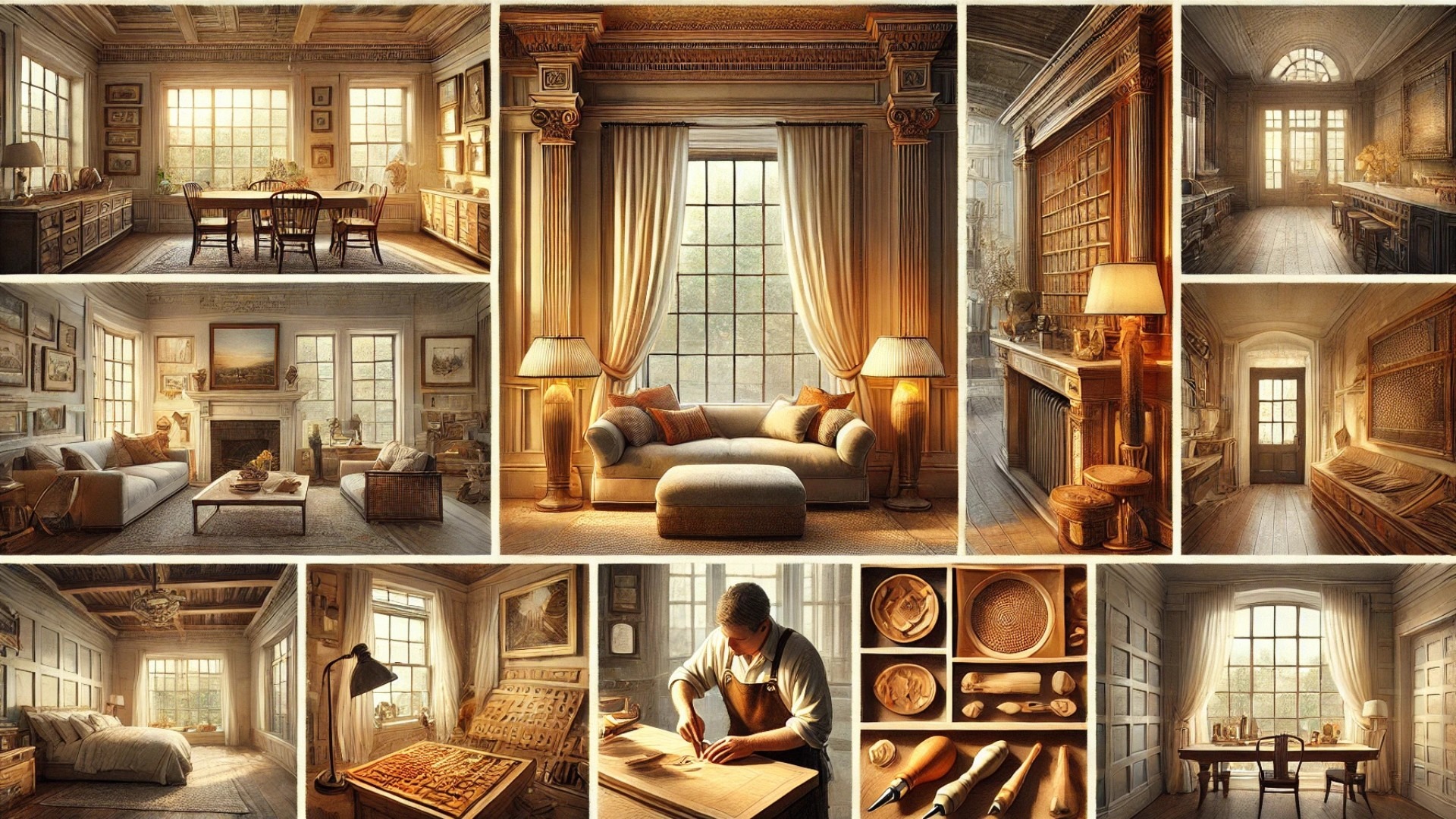
Reviving Historic Charm with Contemporary Gardens
In the heart of Boston's Beacon Hill neighborhood, the historic Nathan Appleton townhouse, built in 1821, has just undergone a rejuvenating transformation thanks to Dan Gordon Landscape Architects. This project, which adds three distinct gardens to the property, respects the residence's storied past while enhancing its appeal for today’s urban lifestyle. The interplay of history and modernity sparks a rich conversation about how best to honor architectural heritage.
A Glimpse into the History
The Nathan Appleton residence, a National Historic Landmark, has a tale that begins with its original owner, a key figure in New England's industrialization. It became notable not only for its architectural significance but also as the setting for the wedding of Frances Appleton to the famed poet Henry Wadsworth Longfellow. Recognizing the importance of this history, Dan Gordon’s team set forth with a vision to create external spaces that not only respect the past but also serve contemporary needs.
The Gardens: A Versatile Trio
The gardens come together like an orchestral composition, each playing its part in enhancing the townhouse's urban retreat. The entry garden reflects the historic characteristics of the neighborhood, with elements such as a preserved saucer magnolia and restored granite walls, evoking a sense of timeless elegance. The courtyard garden functions as a serene oasis that enhances connectivity with the entryway while introducing modern comforts like lush plant elements and innovative hardscaping. Meanwhile, the rooftop garden defies the sterility of its previous state, promoting a sense of serenity amidst city life.
Preserving Character While Embracing Modernity
In addressing the challenges posed by previous installations—like a subterranean parking garage—the design team creatively utilized the space to foster a cozy environment. Dan Gordon articulated that these renovations aimed to create landscapes that contribute to the sense of place while preserving the historical integrity of the property. This blend of old and new not only provides aesthetic pleasure but also enriches the residents' living experience.
The Plants: Choosing Beauty and Sustainability
At the heart of the gardens is a carefully curated planting palette featuring boxwood, hydrangeas, astilbes, and ferns—each selected for its beauty and low maintenance needs, which is crucial for busy urban dwellers. This focus on timeless plants resonates with the architectural ethos, showcasing that sustainability need not compromise beauty and craftsmanship. Furthermore, the gardens' design honors the existing vegetation, ensuring continuity in the landscaping narrative.
Looking Ahead: Trends in Urban Garden Design
As urban spaces evolve, integrating green designs has become paramount for both aesthetic and environmental reasons. This project exemplifies how even a historic property can bloom anew, serving as a model for future developments. The movement towards creating versatile and sustainable outdoor spaces aligns with a growing appreciation for nature in urban living, offering both emotional respite and environmental benefits.
Exploring these three gardens reminds us of the power of thoughtful design—where historical reverence meets contemporary needs. As city dwellers and affluent homeowners alike seek to enhance their properties, the insights from Dan Gordon's work serve as a compelling guide toward designing landscapes that are both beautiful and functional. Interested in how you can transform your outdoor spaces? Reach out to expert landscape architects today.
 Add Row
Add Row  Add
Add 

 Add Row
Add Row  Add Element
Add Element 




Write A Comment